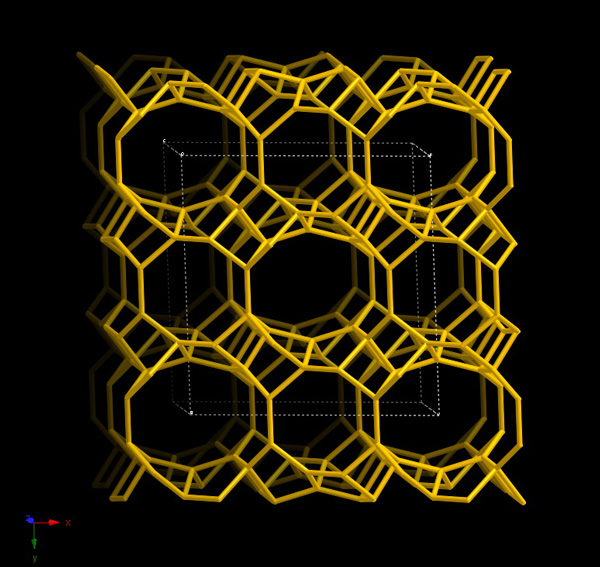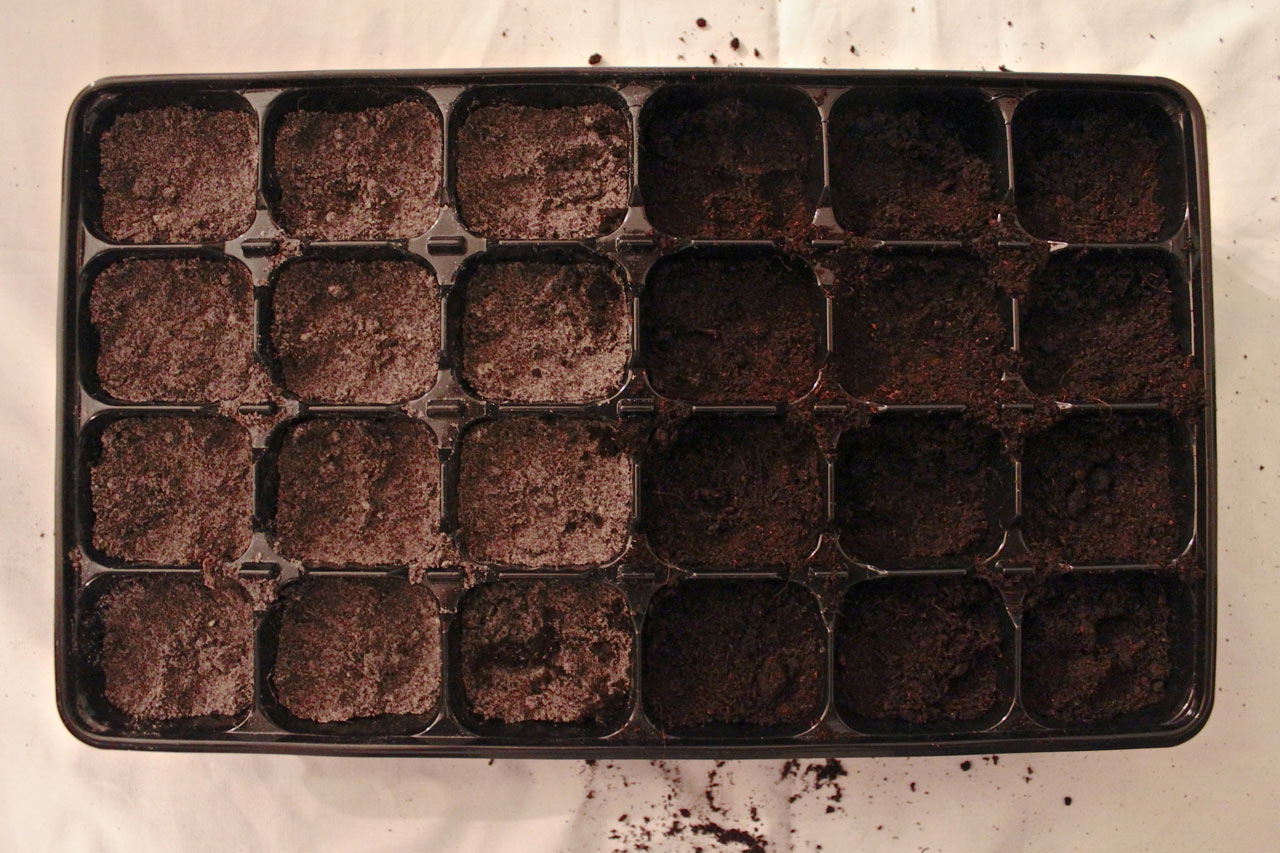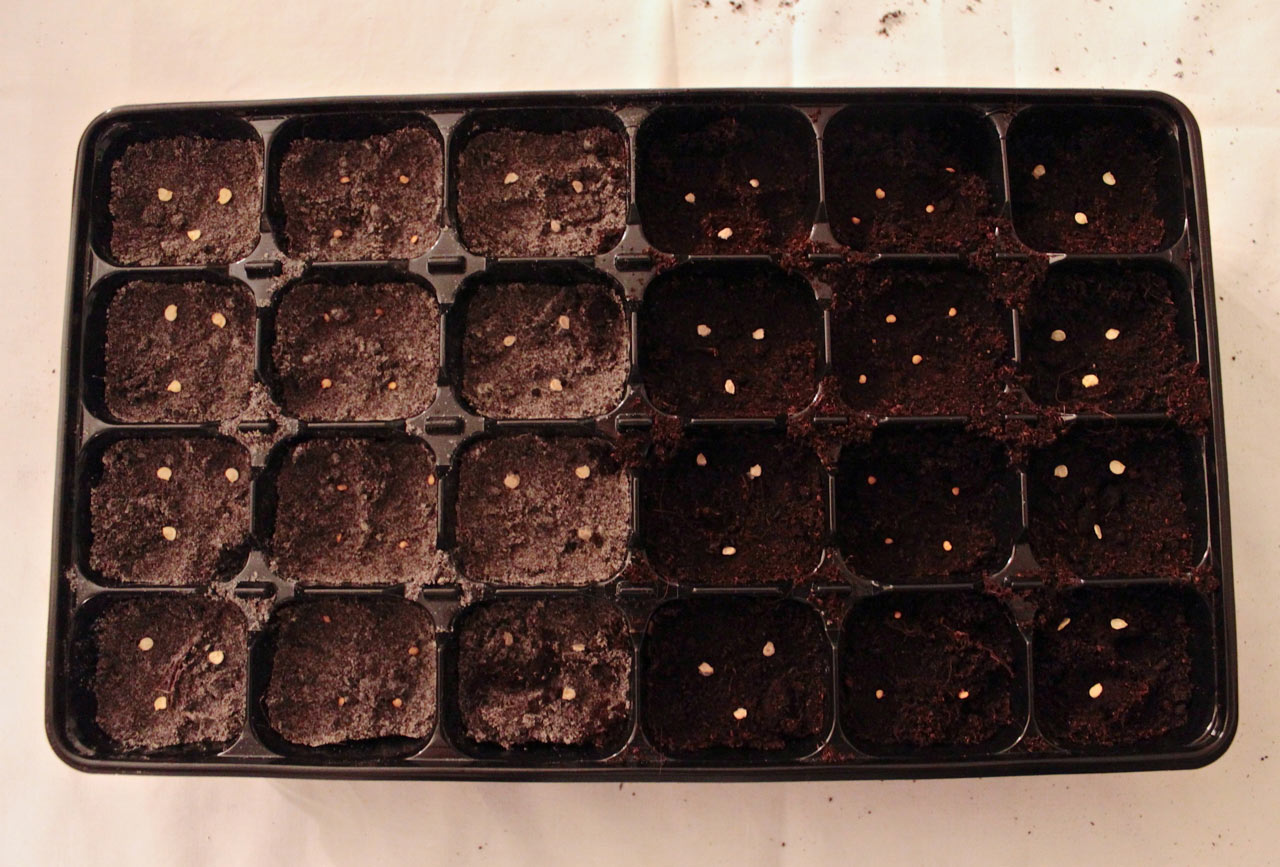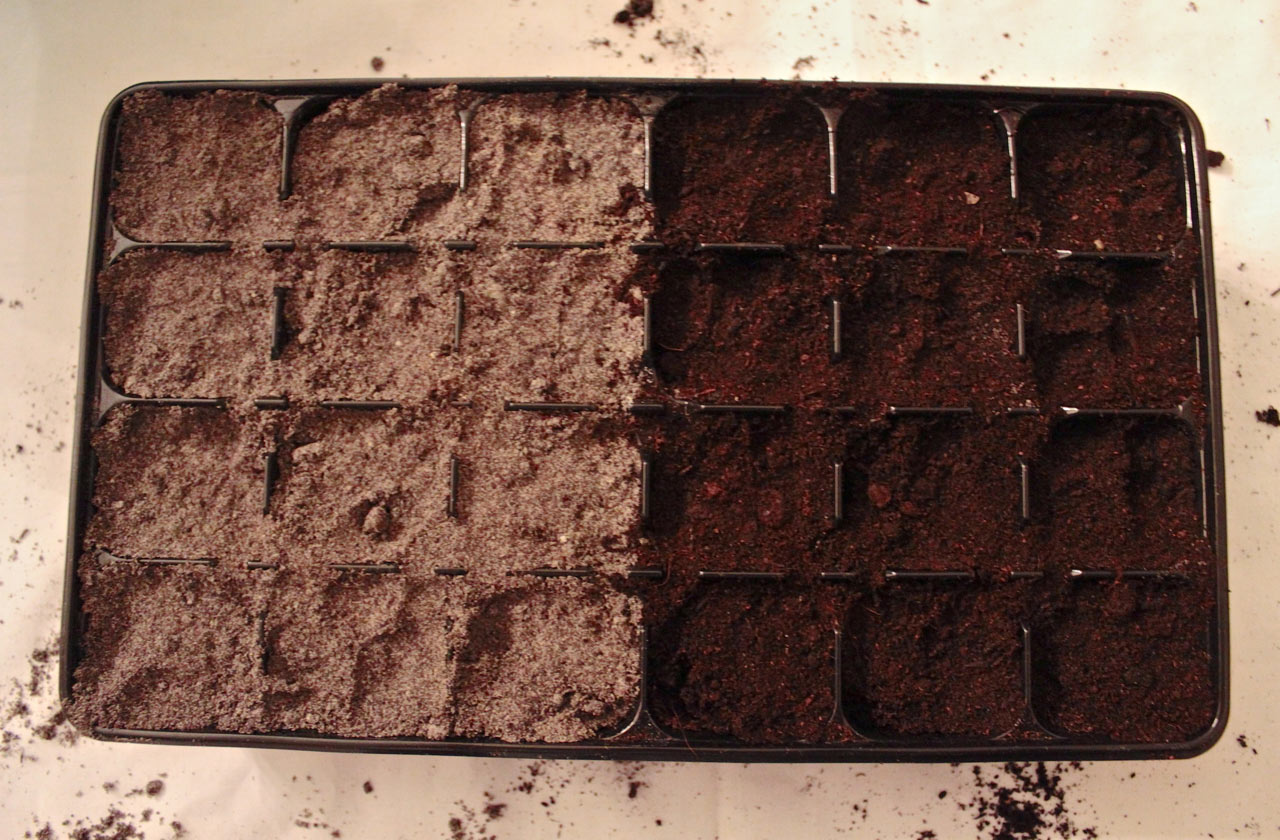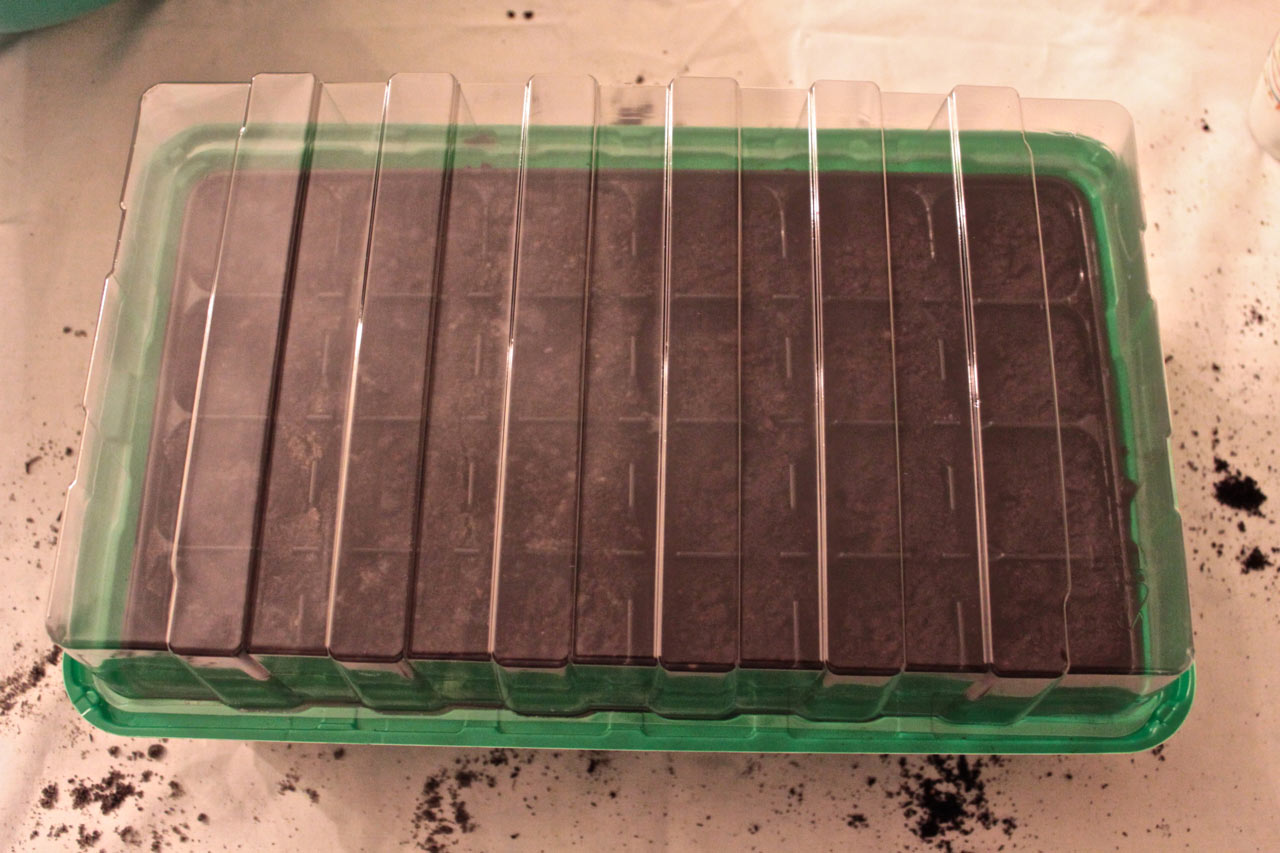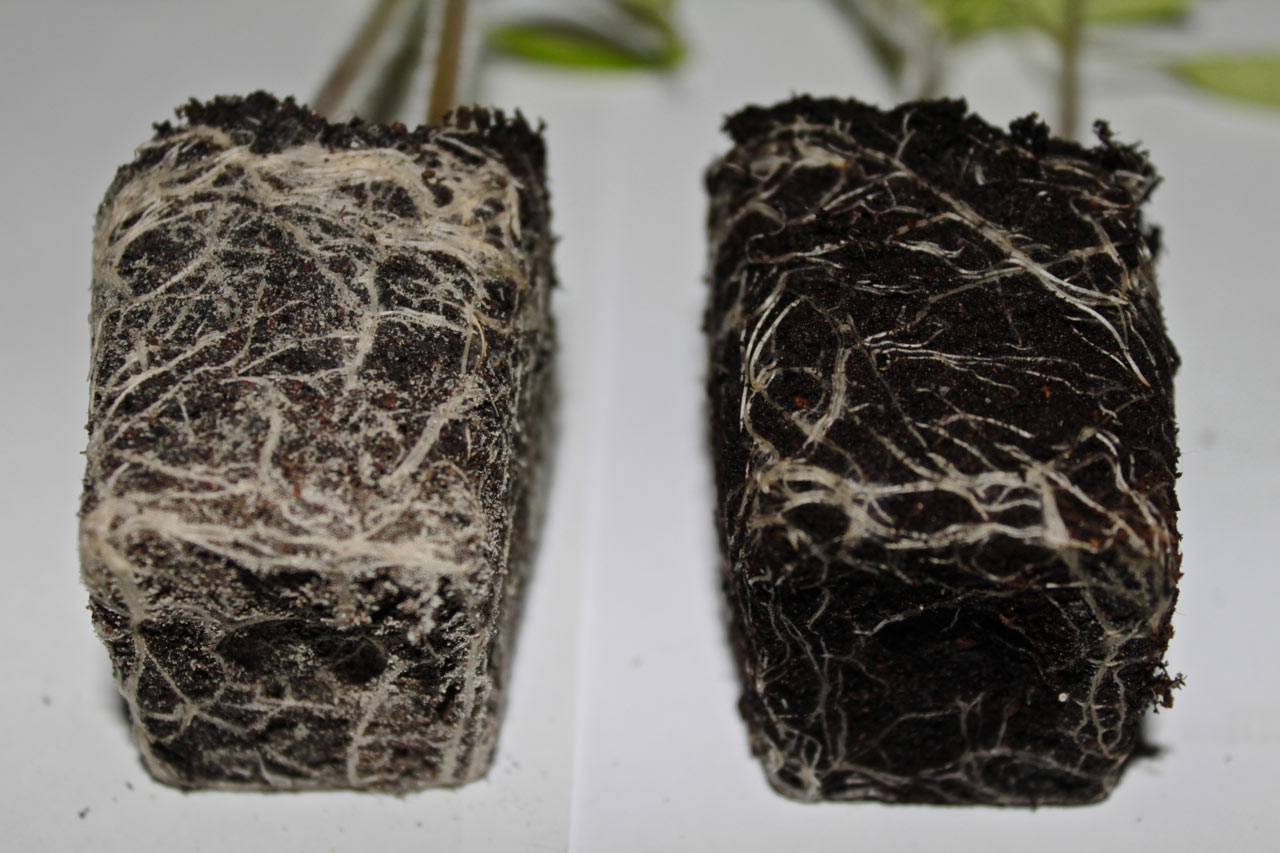Zeolite in agriculture
Zeolite in agriculture is mainly applied by incorporating it into the soil. It acts as an excellent environmental manager (molecular sponge) and at the same time as an excellent filter. It binds water and nutrients and delivers them directly to the root system. This has the effect of increasing production and at the same time improving the quality characteristics of the product produced.
Zeolite incorporation
The crop and soil type play an important role in its incorporation into the soil. In general, zeolite is incorporated in quantities from 100 to 600 kg per acreage (1000m2) of crops depending on the type and type of soil. Theoretically, we are interested in the amount of zeolite in relation to the soil to be between 5 and 20% by volume of soil.
Example of incorporation of zeolite in olive trees.
Assuming that an olive tree develops its surface root system on an area of about 4 square metres (2 x 2 m) and a depth of 60 cm, the total volume of the soil where this root system is located is about 2.4 cubic metres. So we need about 24 kg of zeolite, if we apply the average amount of 10%.
If we now calculate that in a field, we plant about 25 olive trees per acreage, i.e., about 6 m distance between one olive tree and another, with a simple multiplication, we will conclude that 600 kg of zeolite is the ideal quantity per acre of olive trees.
For sheer cost savings, it is suggested that this integration be done in existing trees in a total of three years. That is, 8 kg of zeolite per olive tree for three consecutive years.
Indicative table for the incorporation of zeolite in agriculture
| Type | Quantity |
|---|---|
| Olive trees | 200 to 600 kg per acreage (1000 m2) or 8 to 24 kg per tree. |
| Fruit trees | 150 to 450 kg per acreage (1000 m2) or 5 to 15 kg per tree |
| Vine | 150 to 450 kg per acreage (1000 m2) or 0.4 to 1.2 kg per root |
| Walnuts | 200 to 600 kg per acreage (1000 m2) or 8 to 24 kg per tree. |
| Ornamental plants | 5% to 20% by weight of soil in full mix (in a pot) – 30 to 120 grams per plant in a garden |
| Seed production | 20% by weight of soil in full mixing |
| Turf | 100 kg per acreage (1000 m2) on existing – 300 kg per acreage (1000 m2) on newly planted crops. |
| Large-scale crops (wheat, corn, etc.) | 100 to 300 kg per acreage (1000 m2) |
How does zeolite work in agriculture?
The answer to this question lies in the unique properties of this mineral material.
Zeolite is a microporous material.
First of all, zeolite has a high porosity. Clinoptilolite, for example, which is widely used in Greecea and all over the worild, is considered one of the most microporous natural materials found in nature. This unique property makes zeolite an excellent water saver.
It has a negative charge.
The next important property of zeolite is the fact that it is one of the few negatively charged elements in nature. Thus, zeolite absorbs nutrients and trace elements, such as nitrogen and potassium, into its pockets.
It has a high ion exchange capacity (CEC)
The high ion exchange capacity (CEC), gives zeolite the unique ability to attach to its surface and absorb elements and then release them, when requested by the environment. In this way, it channels nutrients and trace elements to the crops when they are required by the root system. The rate of nutrient yield of this particular zeolite is also very important, because it achieves the maximum management, which is necessary for the crop to grow properly.
Also, zeolite, once incorporated into the soil, begins to cleanse it of heavy metals, toxins, and free radicals. It also absorbs and keeps forever inside it, compounds of large molecular structure, usually derived from pesticides and chemical fertilizers, which can hinder the growth of the crop.
In short, on the one hand, zeolite helps to purify the environment and specifically the soil and on the other hand, it manages the nutrients. In this way it keeps the specific environment clean and thus promotes the good health of the crop.
Zeolite as a medium to improve soil moisture
The study and use of zeolite as a mean of improving and controlling soil moisture begins in Japan in the 1960s. There, zeolite is used as a mean of controlling soil moisture, odour from animal waste and pH reduction due to acidic volcanic soils. [1]
In a 2017 paper, in soils enriched with zeolite, the water infiltration rate was significantly improved. In sandy soil, water retention increased by up to 20%. The saturated hydraulic conductivity (Ks) and water holding capacity (WHC) indices were also improved. At the same time, the addition of zeolite significantly improved the cation exchange capacity (CEC) of the soil. In the same thesis it was shown that natural zeolite can also effectively retain water and its nutrients, such as ammonia (NH4+) and nitrate (NO3-). It retains in the same way, in its unique porous structures, phosphate (PO43-), potassium (K+) and sulphate (SO42-). In the same paper the difference in ammonia and nitrate retention is significant and reaches an increase of 82 and 36% respectively from the very first year. The benefits therefore seem to be very significant as zeolite can bring significant results in crop growth as well as in fertilizer and water savings. [2]
Enriched zeolite as fertiliser in agriculture
In a recent study of the University of Patras, enriched zeolite was used in wheat culture, after the treatment of secondary whey of cheese. It was shown that the application of this enriched zeolite significantly affected the growth of wheat plants. Its application resulted in faster growth and higher biomass production. [3]
Zeolite as a medium of nutrient retention in agriculture
In a study in Malaysia, nitrate leaching and soil N availability after the use of zeolite and urea were investigated. The crop in which the experiment was conducted was that of maize (Zea mays L). In all cases of zeolite addition it appears that the release of ammonium and nitrate from urea was significantly reduced. Zeolite increased the retention of total soil nitrogen and exchangeable ammonium. It also increased the percentage of available nitrates, due to its high cation exchange capacity. It thus improved the availability of nitrogen through temporary retention at its exchange sites. [4]
The extremely high ion exchange and water retention capacity of zeolite makes it a suitable supplement for sandy soils. Zeolite retains water in an amount equal to 60% of its weight, which it yields to plants gradually reducing water loss and thus the creation of dry spots. In addition, the selectivity of clinoptilolite to major cations such as sodium and potassium is particularly applicable in fertilization since it slowly and naturally releases nutrients into the root system of new plants, thus increasing their strength and yield. Consequently, nutrient losses are reduced and plants are supplied for a longer period of time. A typical example is the cultivation of rice where there is usually a deficiency of soil nitrogen. The addition of clinoptilolite to the culture in combination with the compatible fertilization increased by 63% the amount of nitrogen available for the culture over a four-week period. [5]
In the table below you can see the increase that resulted from the use of zeolite due to the retention of nutrients close to the root system and also due to moisture management, in two trials in 1983. [1]
| Type | Production increase in % |
|---|---|
| Wheat | 30%-55% |
| Rice | 33% |
| Corn | 50% |
| Cotton | 17% |
| Grape | 73% |
| Tomato | 48%-52% |
| Kiwi | 45% |
| Cloves | 25% |
| Beetroot | 19% |
| Apples | 13% |
| Carrots | 63% |
Zeolite for saving fertilizer, improving agricultural products and reducing water consumption
Statistical studies conducted in Greece indicate that Hellenic Natural Zeolite increases the production of agricultural products by 17 to 66%, improves the quality of agricultural products by 4 to 46%, reduces the use of fertilizers by 56 to 100%, reduces the use of irrigation water by 33 to 67%, prevents leaching and movement of harmful substances from the terrestrial to the aquatic environment, thus protecting the quality of surface and groundwater [7].
Zeolite for improving compacted soils, improving soil structure and balancing pH.
Natural clinoptilolite retains the ammonia molecules produced by the breakdown of urea and thus protects against the toxicity of ammonia and nitrates, interrupting the process of vitrification by bacteria. It relieves, in this way, compacted soils as it improves the soil structure, reducing compaction and increasing aeration. This results in better plant growth. It also helps to balance the pH of the soil by neutralizing acidic components. [1]
Zeolite and soil detoxification
In addition, the ability of sorption, resulting from the structure of zeolite, makes it a suitable means of detoxifying soils since it absorbs and traps toxic compounds. More specifically, by Ponizovsky AA. and Tsadilas C.D. (2003) studied the leaching of lead (Pb+2) from zeolite at pH 3 , 4 and 5 and found a relationship between the amounts of lead retained and the ions moved from soil to solution. In particular, clinoptilolite adsorbed 20-30 times more lead than Alfisol (a type of soil used in agricultural crops). The pinking of lead from zeolite was not affected by pH and was accompanied by an increase in Ca2+, Na+ and K+ in the solution content, whereas the amounts of H+ moved were negligible. [6]
The research suggests that the pinking of lead from zeolite can be visualized as the result of the ion-exchange reaction with very strong binding specificity for lead. The application of zeolite in some cases seems to be the most effective way to remediate lead-contaminated soils because of its high ability to retain lead over a wide pH range.[6]
Zeolite in synthetic fertilizers
Its ability to ion exchange and controlled release of microelements such as iron, zinc, copper, manganese and cobalt combined with its water absorption make it an ideal component of synthetic fertilizers since it can retain excess moisture and prevent the formation of aggregates and the hardening of fertilizers during storage periods. In a 1975 study Spiridonova, et al. demonstrated that adding 0.5% clinoptilolite to ammonium nitrate fertilizers reduces aggregation by 68%. [5]
Experiment with tomatoes.
In the following experiment we can observe the growth of the root system with the only difference compared to the test, the addition of zeolite. Simple plant soil and natural zeolite with a grain size of up to 0.8 mm was used.
Mixing of zeolite with the soil.
In the 3 vertical rows on the right, only simple topsoil was placed. In the 3 vertical rows on the left, plant soil mixed with zeolite with a grain size of up to 0.8 mm was added at a rate of 20%. This percentage is derived from a study with cucumber plants, in which 0, 5, 10, 15 and 20% zeolite admixture rates with soil were measured. The study showed that for seed production, the ideal dose of zeolite is 20% by weight of soil.
Placing traditional seeds in the cases.
Three seeds were placed in each case. Traditional seeds for peppers have been placed in the first and 6th row. In the 2nd and 5th row eggplant seeds and in the 3rd and 4th row tomato seeds.
Seed coating with plant soil.
The cases were coated with the appropriate soil. In the last 3 rows with plain topsoil and in the first 3 rows with topsoil and zeolite of the same mix as the bottom.
Artificial greenhouse effect
For 49 days, temperature and humidity conditions similar to greenhouse conditions were maintained for the normal growth of seeds and plants.
Results of an experiment on the root system.
After 49 days, we observe a spectacular growth of the root system and plants. See here on our website, more photos of the experiment in better resolution.
Selection of correct embedding particle size
Zeolite can help in water drainage in heavy soils and otherwise in water and nutrient retention in light soils. In both cases, it also helps to prevent fungal growth, as it helps to oxygenate the soil.
Thus, in this sense, in heavy soils, zeolite in the form of gravel (2.5 to 5 mm) is preferred, while in light soils, it is preferred in the form of fine gravel (0.8 to 2.5 mm). In case the soil is sandy, the powder can be used up to 0.8 mm.
How long does the action of zeolite last?
The beneficial effect of zeolite is long-lasting as it does not decompose like other materials. Once fully incorporated, in theory, zeolite never loses its ion exchange property and thus continues its action forever. In reality, however, the pockets of zeolite can be filled with various elements, mainly large structure molecules, and limit its activity. This is the case in conventional crops where chemical fertilizers and pesticides are used.
Zeolite as substrate in hydroponic crops
A recent study was conducted to evaluate the effects of zeolite and perlite on the growth and nutritional status of lettuce plants and the amount of waste elements in hydroponic culture. The tests were carried out in a PE-covered tunnel during the autumn and spring periods. The plant material was Lactuca sativa var. capitata and the Bombola and Brogan varieties were used for the autumn and spring seasons, respectively. Five different culture media based on perlite and clinoptilolite, a type of zeolite, mixed in different ratios (1 + 0, 3 + 1, 1 + 1, 1 + 3, 0 + 1, v/v) were tested. The conclusion was that the use of zeolite led to increased plant growth, higher N and K content in plant tissues and reduced K leaching. [8]
Spraying of zeolite
Zeolite in herbicides, fungicides and pesticides
Acting analogous to synthetic fertilizers, the high adsorption capacity in their dehydrated state and high ion exchange capacity makes natural zeolites effective carriers of herbicides, fungicides and pesticides. Using natural zeolites as a base, Hayashizaki T. & Tsuneji N. in 1973 found that for the eradication of weeds in paddy fields, clinoptilolite is twice as effective a carrier of the herbicide Benthiocarb compared to common commercial products. Also, by spraying it dries the honeydew and by absorbing the moisture from the surface of the leaf, it dries and mummifies the eggs, which can no longer hatch. The same happens to aphids and generally when melitomas are formed on the trunk and leaves. [5]
Recent news and publications about zeolite in agriculture

Zeolite, what is it, what does it do and where is it used?
Zeolite is a natural, inert, clay-silicate rock, which generally cleans and manages the environment in which it is found. Zeolite has a unique combination of properties that make it a special material, which is used in a wide range of applications. It could also be described as a filter or…
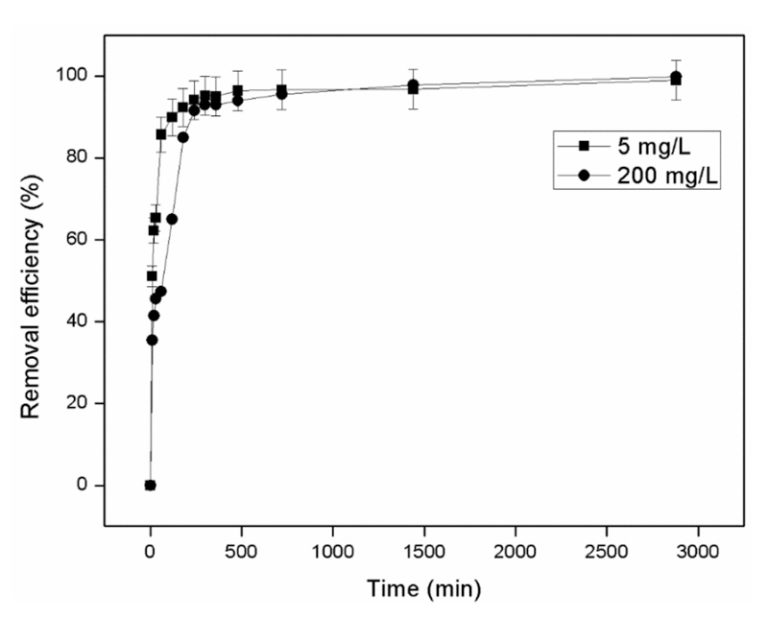
Zeolite as a Potential Medium for Ammonium Recovery and Second Cheese Whey Treatment
The efficiency of natural zeolite to remove ammonium from artificial wastewater (ammonium aqueous solutions) and to treat second cheese whey was examined, aiming to recover nitrogen nutrients that can be used for further applications, such as slow-release fertilizers. Sorption experiments were performed using artificial wastewater and zeolite of different granulometries…
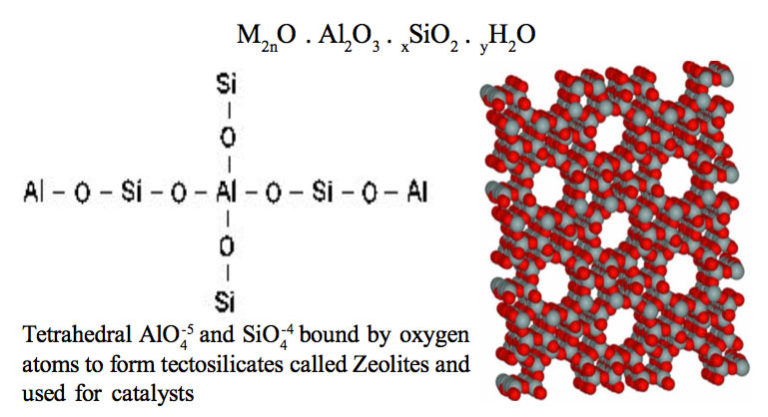
Zeolite and its potential uses in agriculture
C. Sangeetha* and P. Baskar1, Department of Agronomy, Tamil Nadu Agricultural University, Coimbatore – 641 003, India. Received: 10-09-2015 Accepted: 25-02-2016 DOI:10.18805/ar.v0iof.9627 ABSTRACT In many parts of the world food security is being affected due to declining quality and/or quantity of the soil resource base and climate change. In this context, farming with…
Publications by use
- Active microorganisms (EM) for home use
- Active microorganisms (EM) in agriculture
- Active microorganisms (EM) in animal husbandry
- Active microorganisms (EM) in the environment
- Domestic use of Zeolite
- Zeolite in Agriculture
- Zeolite in Construction
- Zeolite in Human Health
- Zeolite in Livestock
- Zeolite in the Chemical Industry
- Zeolite in the Consumer Goods Industry
- Zeolite in the Environment
List of other beneficial properties of zeolite in agriculture
- Increases the ability to retain nutrients. (its alternative capacity is 220-400 meq/100g and is twice as high as that of bentonite).
- Reduces nutrient losses due to gasification. (nitrogen losses in the form of ammonia) or water transport (nitrite and nitrate) and thus helps to reduce the amount of fertiliser used by 20-25%. It is therefore recommended to add it during the composting of plant materials and animal manure starting from the floors of the stables.
- In combination with fertilization can help in the gradual release of nutrients so that we do not have losses and on the other hand supply the plants for a longer period of time.
- Using less fertiliser and water promotes good soil management and reduces pollution from fertiliser leaching into the water table.
- It yields impressive results in terms of plant growth rates, reduces diseases in the root system, increasing the production and quality of agricultural products.
- It increases the water retention capacity and its uniform distribution in the soil, especially in sandy soils (zeolite retains water in an amount equal to 42-50% of its weight which it gradually yields to plants). Essentially, we create tiny water bottles scattered throughout the field that are refilled with every rain to provide water to the plants during the dry season.
- It increases the availability of phosphorus and potassium, absorbs and traps toxic contaminants, promotes the balance of alkaline minerals.
- It neutralizes the acidic components of the soil (raises the pH) and therefore there is no need to add other materials.
- It is a 100% natural product that can be used in organic agriculture.
- Its beneficial effects are permanent since it does not degrade like other soil conditioners.
- It has low implementation costs when annualized over the entire period of benefit it provides. It increases the volume of fruits with productive uniformity and combines perfectly with the active microorganisms, strengthening their action.
- It increases production and improves the quality of the products produced. So they have a longer shelf life at the point of sale.
- It can be used as a substrate that helps the growth of hydroponic crops in Mediterranean conditions. It is used in cabbage, floriculture, aromatic species and gives products of high production and quality.
- It combines perfectly with the active microorganisms, strengthening their action.
- Increases photosynthetic yield – dry matter.
- Reduces sodium intake. It contributes to plant resistance to salinity and toxic levels of Mn, Fe, and P.
- In hydroponics it increased yields by creating thicker, whiter and healthier root systems.
- It has the ability to slowly and naturally release nutrients into the root system of new plants. In this way it increases their strength and performance.
- Zeolite in garlic has brought about amazing results in their growth.
References
- [1] Kazuo T., Utilization of Natural Zeolites in Japan. (1978) In: Natural Zeolites: Occurrence, Properties, Use, Sand L.B. & Mumpton F.A.
- [2]Zeolite and nutrient and water conservation
- [3] zeolite in wheat, after processing of secondary whey cheese whey.
- [4] Zeolite and urea = more nitrogen in the soil + increased production
- [5] Using Zeolites in Agriculture – Frederick A. Mumpton
- [6] The removal of heavy metal cations by natural zeolites – E. Erdem a, N. Karapinar b, R. Donat
- [7] Purification of wastewater from Sindos industrial area of Thessaloniki (N. Greece) using Hellenic Natural Zeolite – Filippidis A.
- [8] Comparison of the use of zeolite and perlite as substrate for crisp-head lettuce

